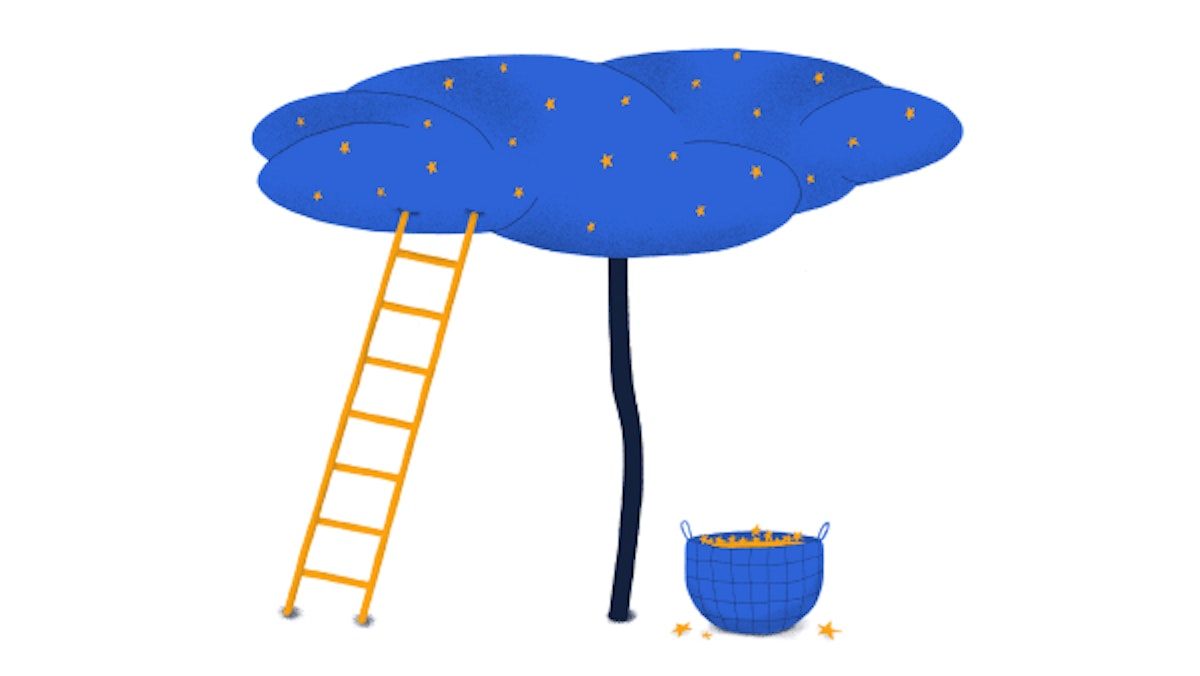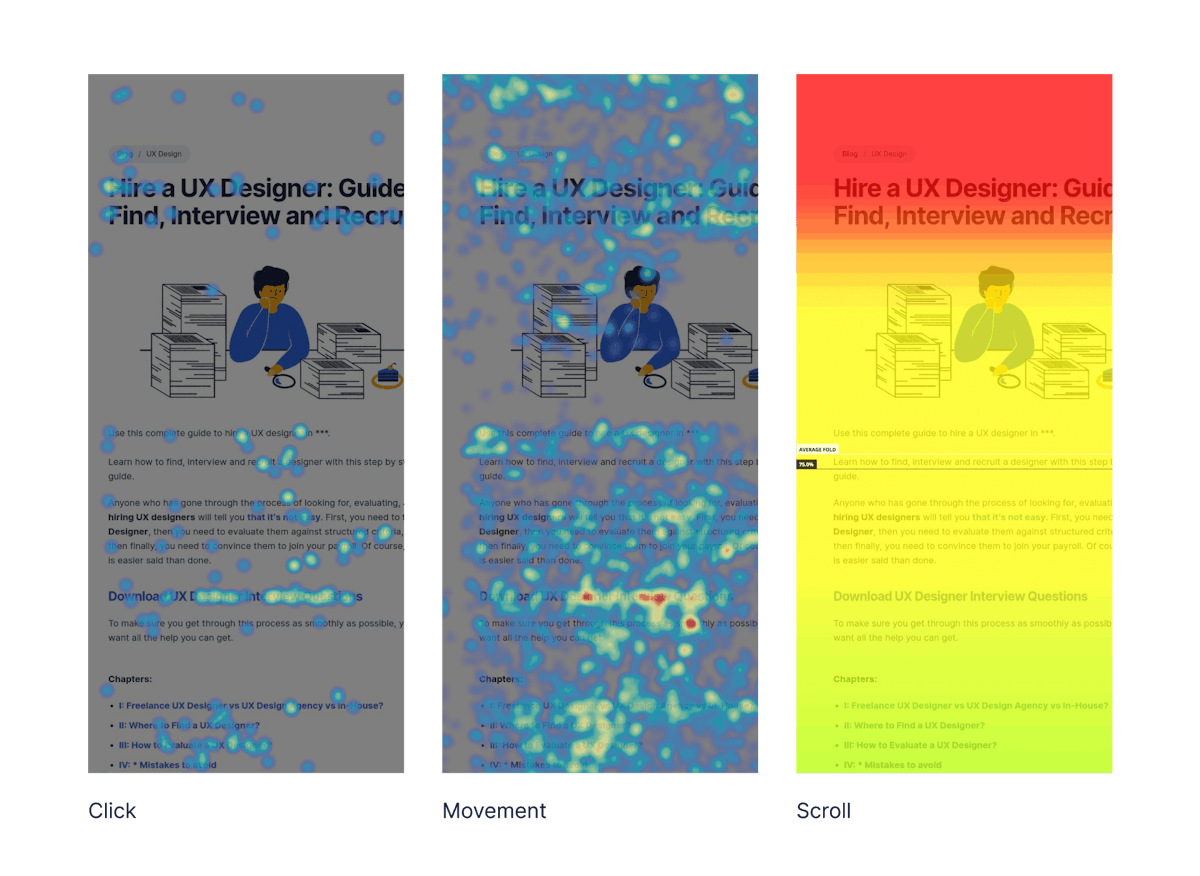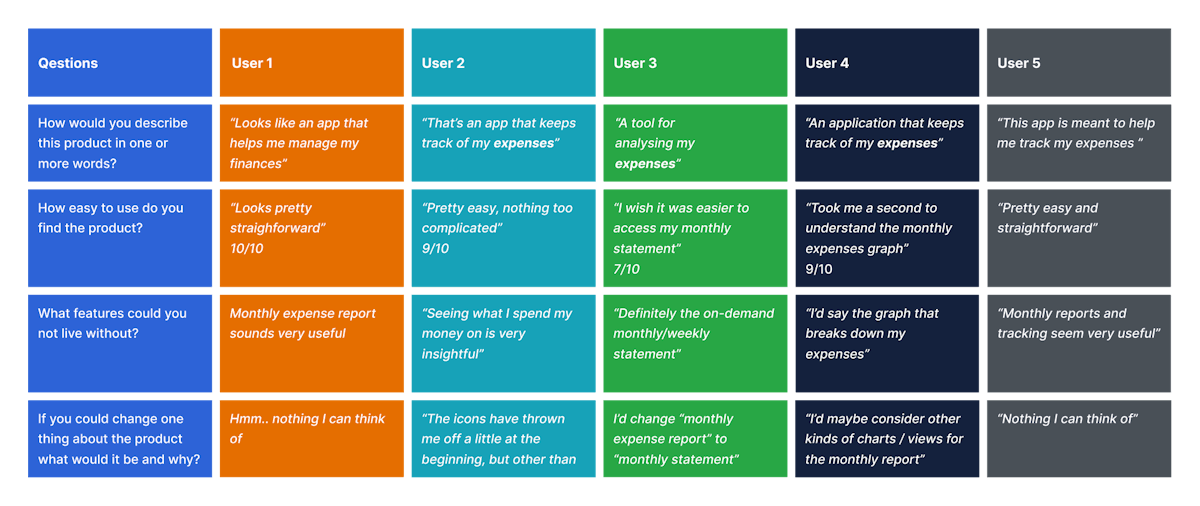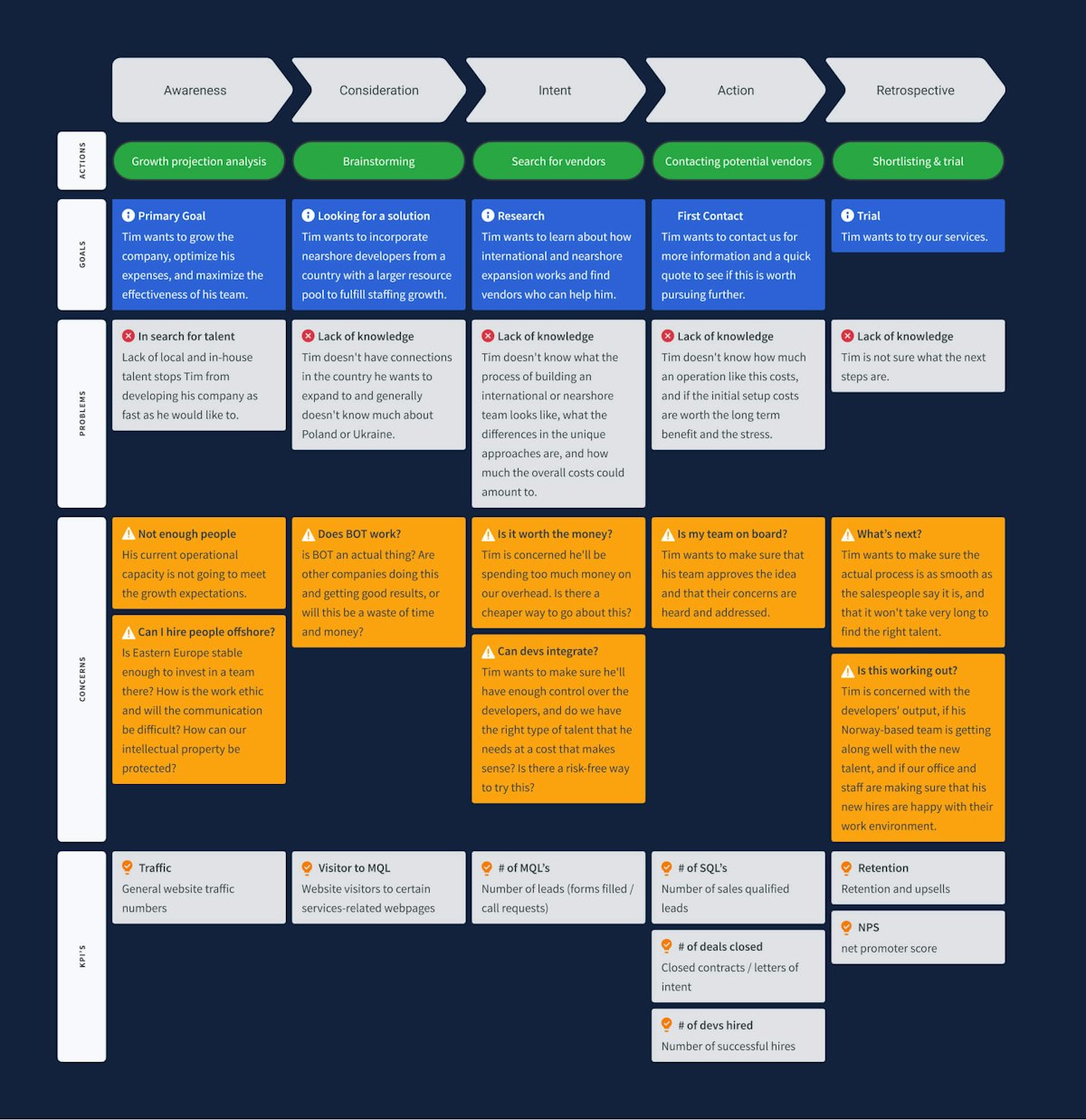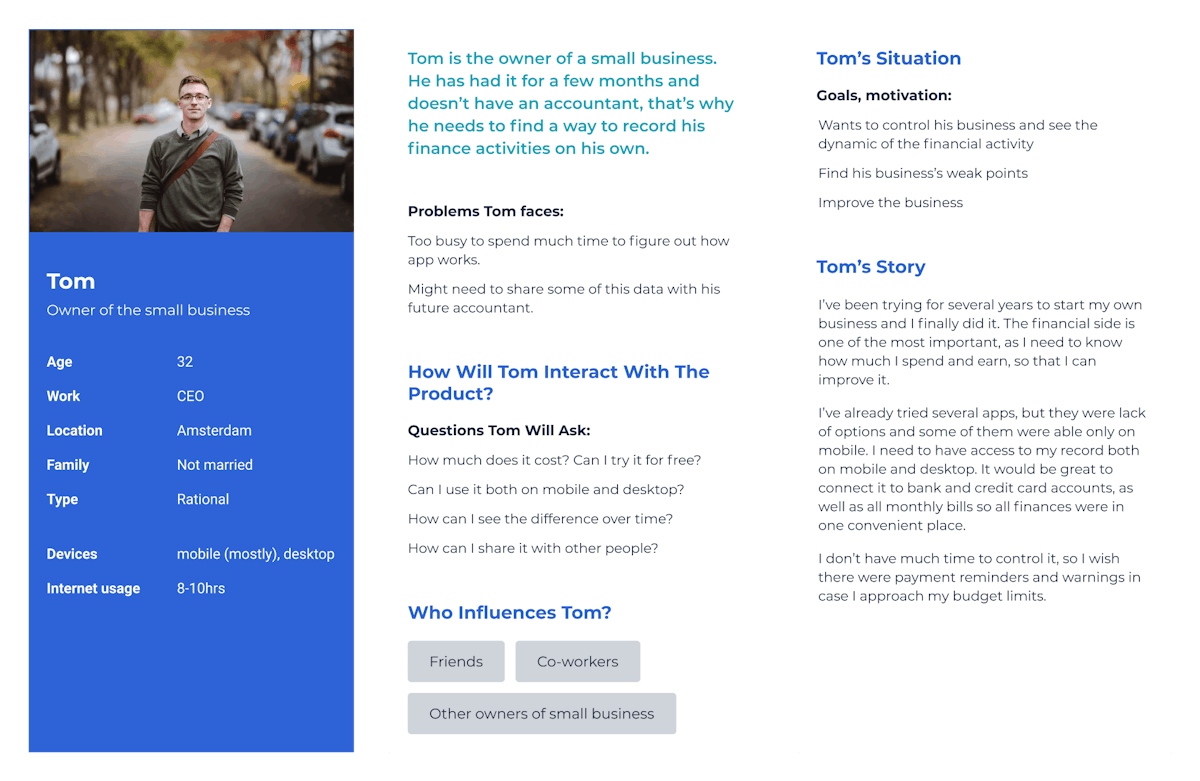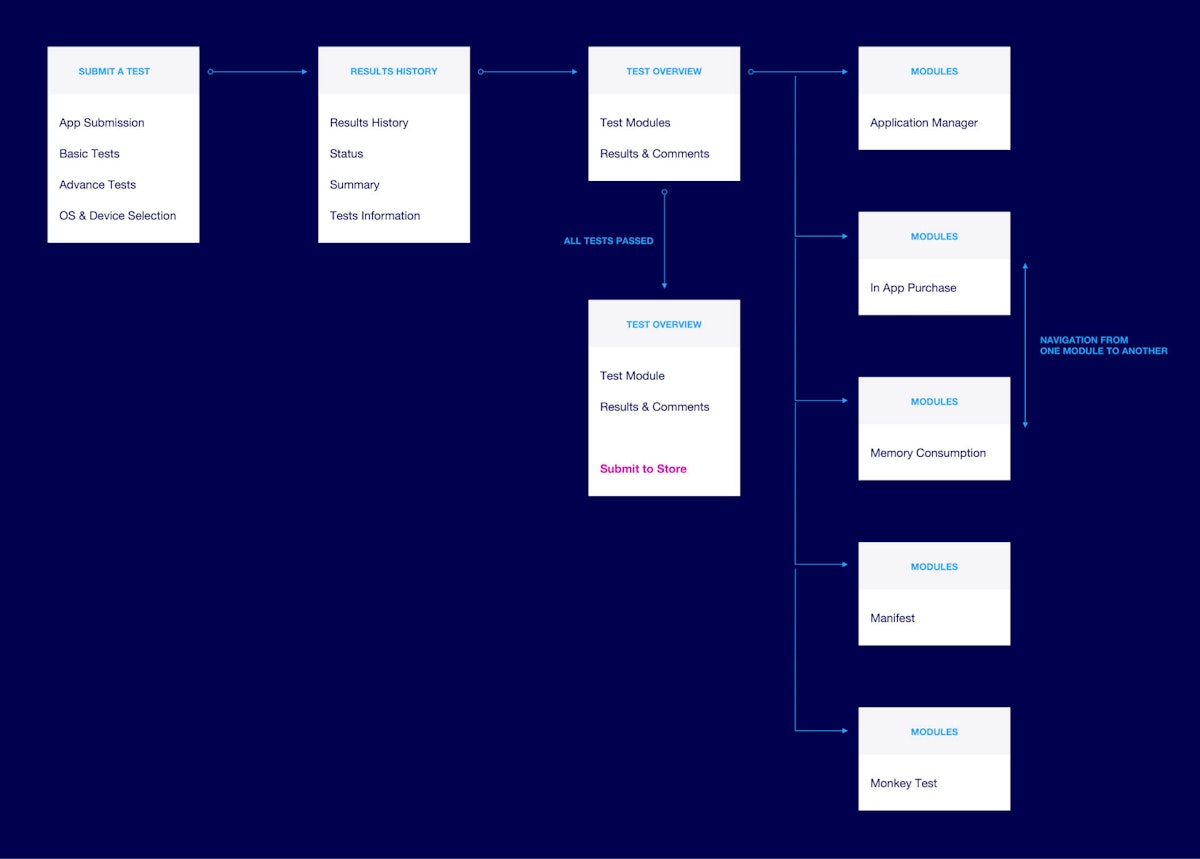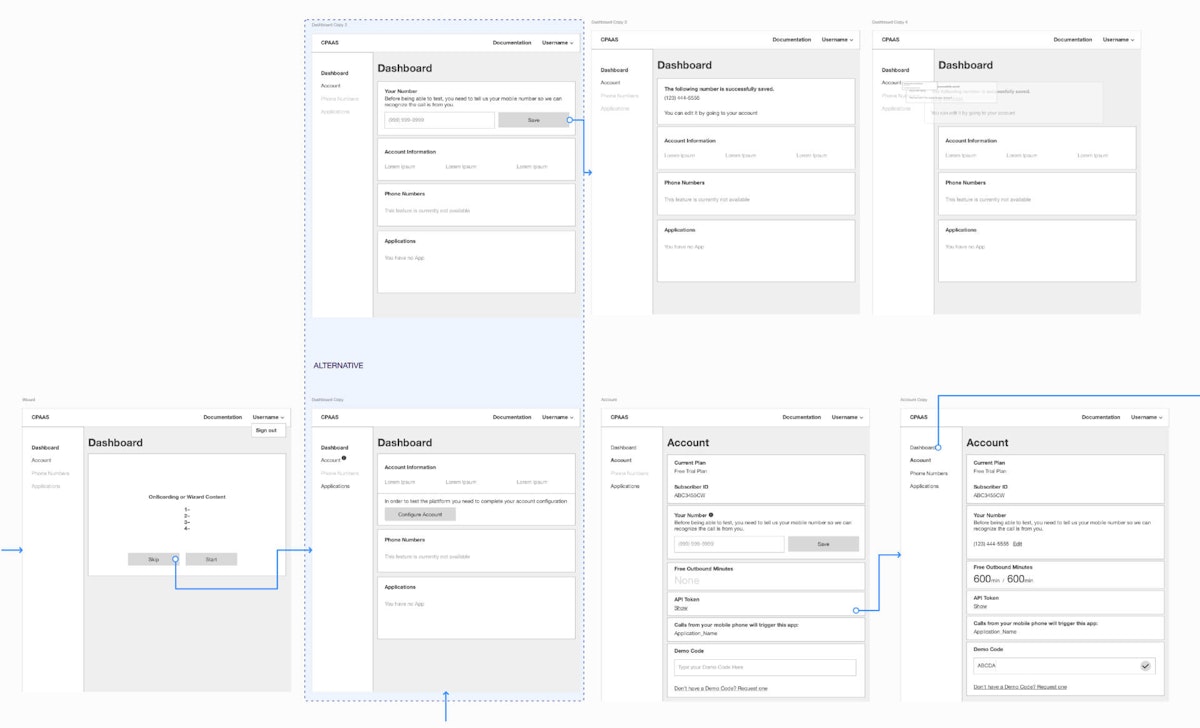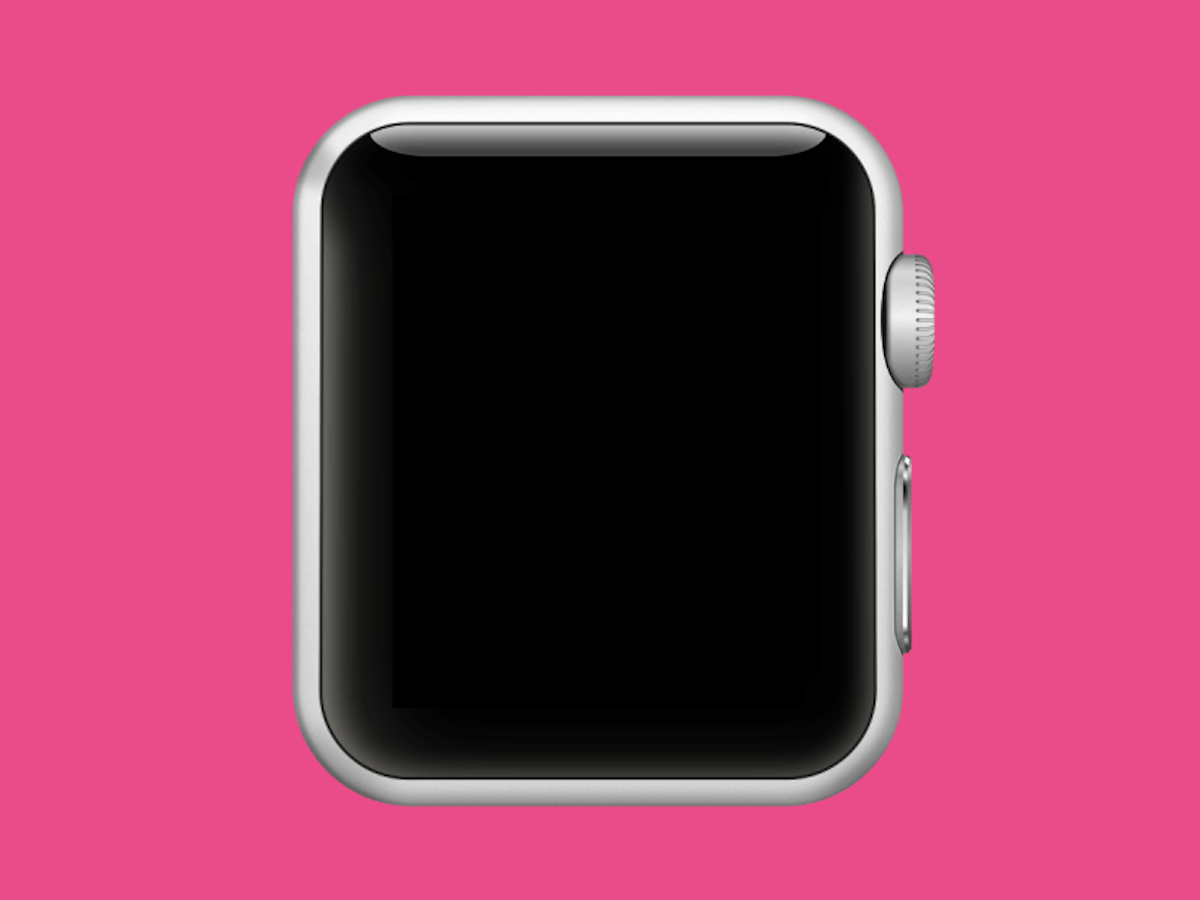FAQ
Is the UX process the same for every client?
Although UX process principles are universal, it's subject to change based on your goals, timeframe and other resources.
How long does UX process take from start to finish?
Short answer - it depends. Long answer - it depends on the complexity of your product, your goals, the stage of the product development. Feel free to book a call with us, so we can give you a more specific estimate.
Is every step of the design process outlined here necessary?
No. For example, there’s no need for an audit of an app that hasn’t been designed yet. The steps we take depend on our goals and what has already been done. However, the sequence of design stages is always the same.
Is your design process compatible with lean and agile methodologies?
Yes. in fact, the process outlined here constitutes a single iteration.
Like our UX process and wondering what the next step is?
Feel free to book a call with us to discuss how we can help you build your product.






